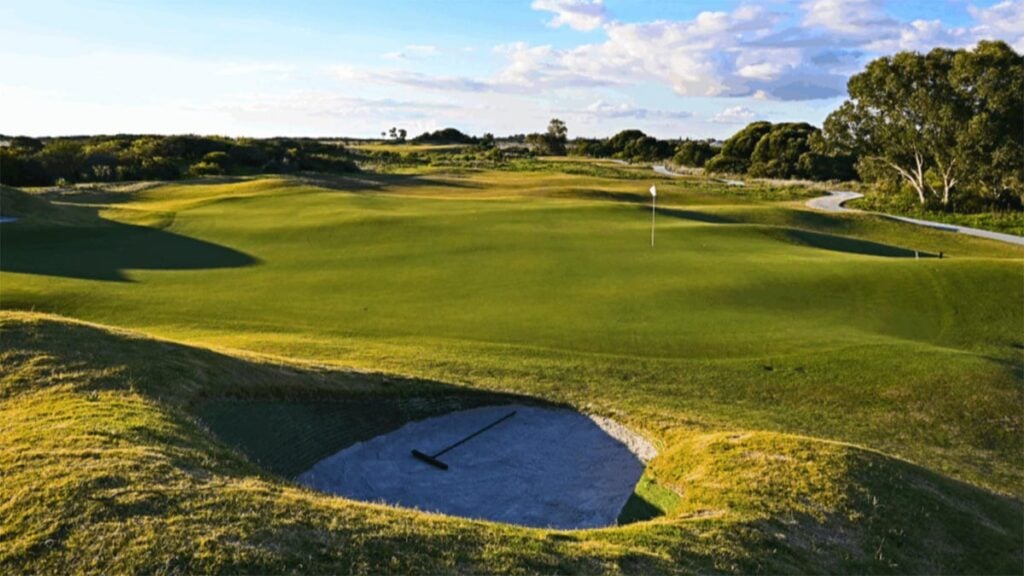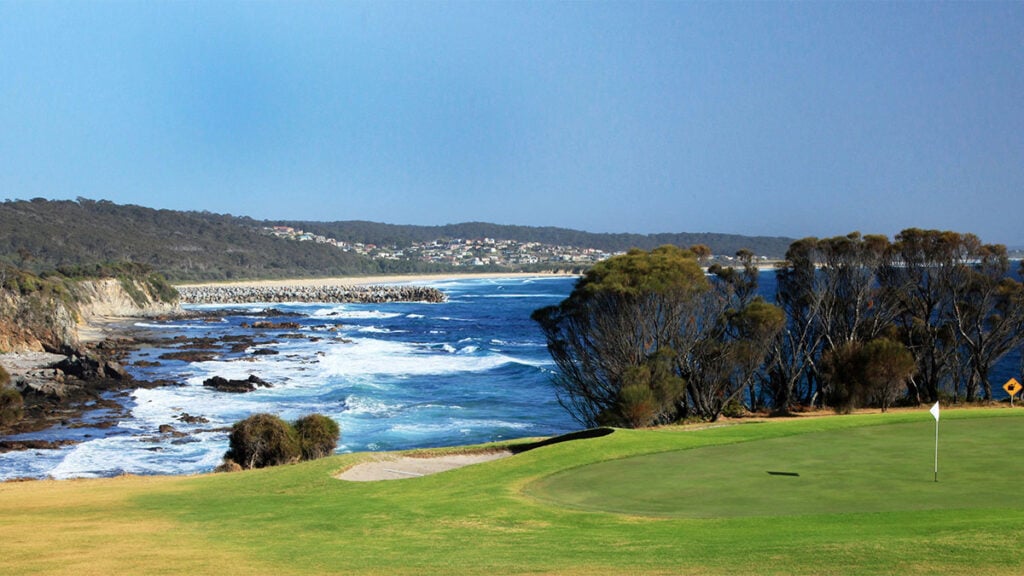On major championship weeks, my Instagram feed is filled with golf things that I either can’t do, I shouldn’t do, or at least need to do much differently. Rory McIlroy launching high draws. Justin Thomas hitting spinny pitches. Bryson DeChambeau dialing in yardages down to the decimal point. If there is aspirational value in regular golfers studying the best players, the risk is when it leads us down a futile path. This is why I’ve learned to appreciate the mundane.
For all of the out-of-reach differences between a mid-handicapper like me and the players in the PGA Championship—fast-twitch muscles, hand-eye coordination, full heads of hair—others are achievable if you pay close enough attention. I asked Golf Digest Top 50 teacher Tony Ruggiero what would be on the list. Many fall short of sexy, but that’s the point: we don’t do them because they’re subtle enough to miss. But that’s different than saying they don’t help.
Elite setups 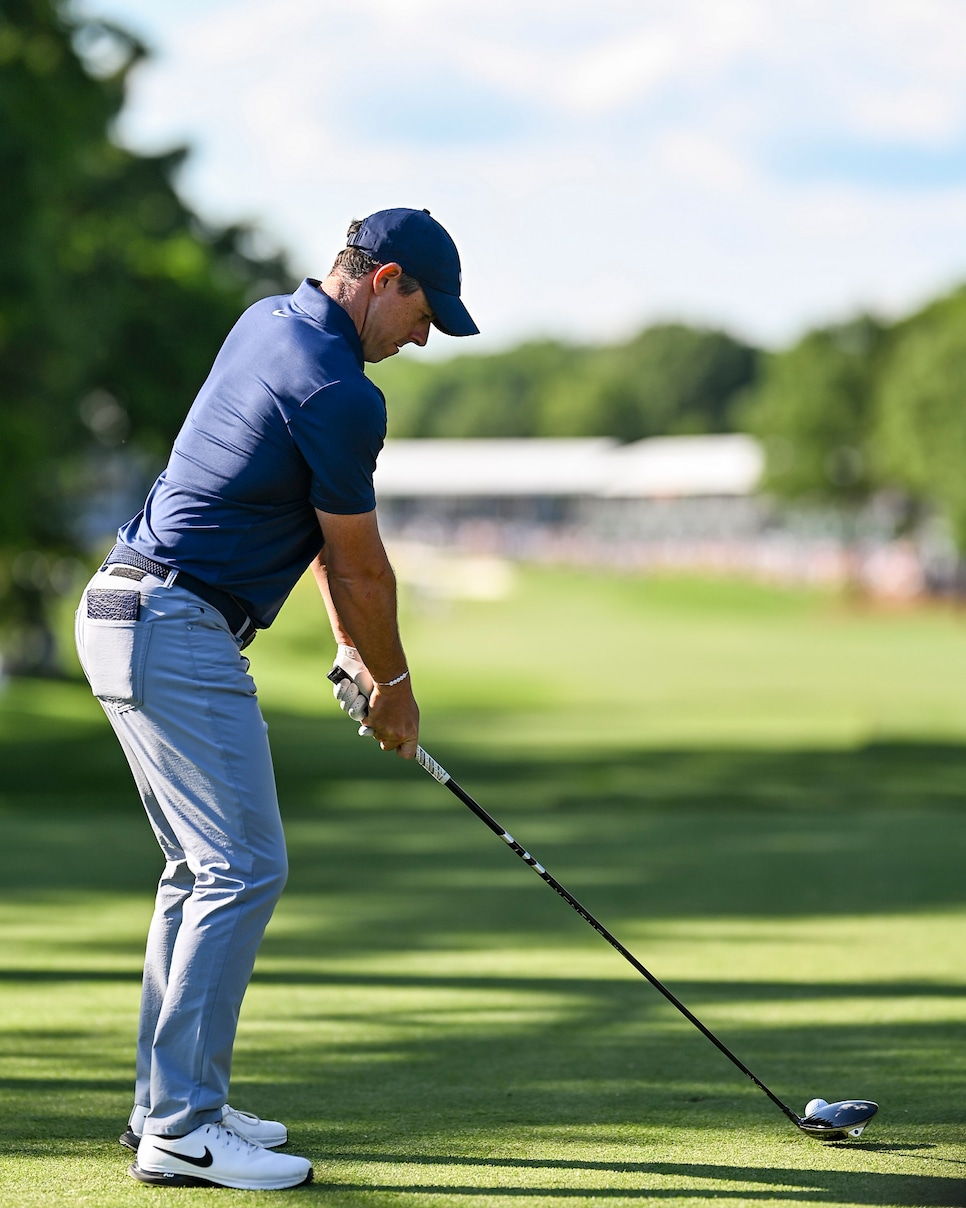
Keyur Khamar
When was the last time you watched a golfer on TV and marveled at their … address position? Ruggiero says you should. “Most recreational golfers don’t have a clue what a good setup looks like. They don’t monitor it or their ball position, and then they complain about consistency.” Tour players are obsessive about their setups, including their grips, because they know it’s the first domino in a delicate sequence. It’s why when you see them on the range warming up before a round, they’re all relying on alignment sticks or a coach or caddie standing behind them to make sure they’re starting from the right spot. It doesn’t matter how well you hit it if you’re not certain where you’re aiming.
More Low Net %20copy.png.rend.hgtvcom.406.229.suffix/1747076579161.png) Low Net Good golf is about learning to love your misses
Low Net Good golf is about learning to love your misses  Golf Digest Logo You should practice being annoyed
Golf Digest Logo You should practice being annoyed 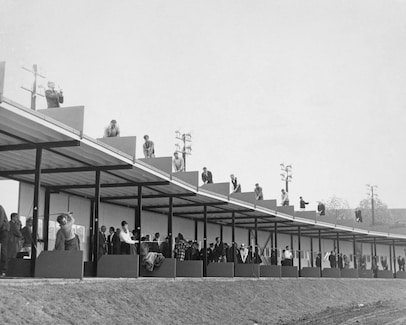 Golf Digest Logo There’s an important part missing from your practice Do the math
Golf Digest Logo There’s an important part missing from your practice Do the math
The typical golfer’s club selection isn’t an intricate process. You have 140 yards to the flag, and that’s always an 8-iron. For top players, the calculus is far more involved. What is their carry number? What is the cover number (our Luke Kerr-Dineen explains that one there)? What is the wind doing? As Ruggiero notes, every tour player studies the wind beyond just throwing a few blades of grass in the air, and they also factor in temperature, moisture, and more. The next time microphones catch a player and a caddie debating a club and consulting a yardage book, notice how much goes into the choice. You don’t need to always go that deep. But there’s usually more to it than you think.
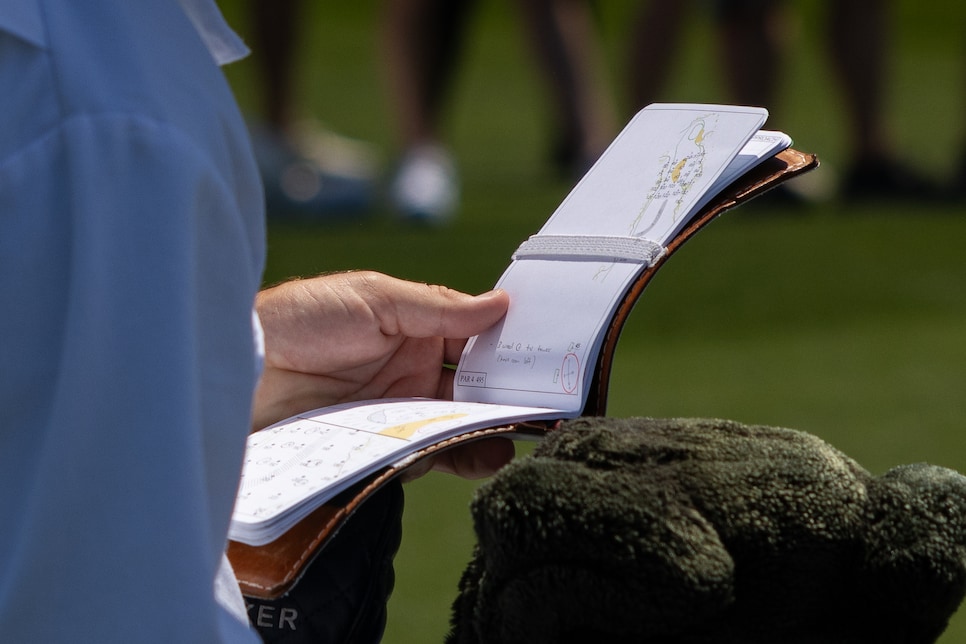 Warm up before you warm up
Warm up before you warm up
You know how when tour players show up on the first tee and they do a bunch of stretches and jumping jacks before … come to think of it, none of them do that, do they? It’s because they’ve all warmed up long before they get to the range. Golfers who care about performance should put the process in motion well in advance. “Brooks Koepka is a great example of this,” Ruggiero said. “It’s very few balls on the range, but he does a full workout before. Recreational golfers could benefit from having four or five stretches (like these) that they do before they play that would have their body warmed up, which would dramatically improve performance.”
Learn the landscape
Even if average players warm up properly, their pre-round prep is haphazard. They rarely account for the variables they’re likely to face mid-round—how the rough grabs the clubface, how firm the bunkers are. When tour players prepare to play, they’re not just counting on fairways and greens. “Before they play, tour players always hit a couple bunker shots and a couple chips or pitches out of the rough because they want to see how it will affect spin,” Ruggiero said.
Practice swings for a purpose 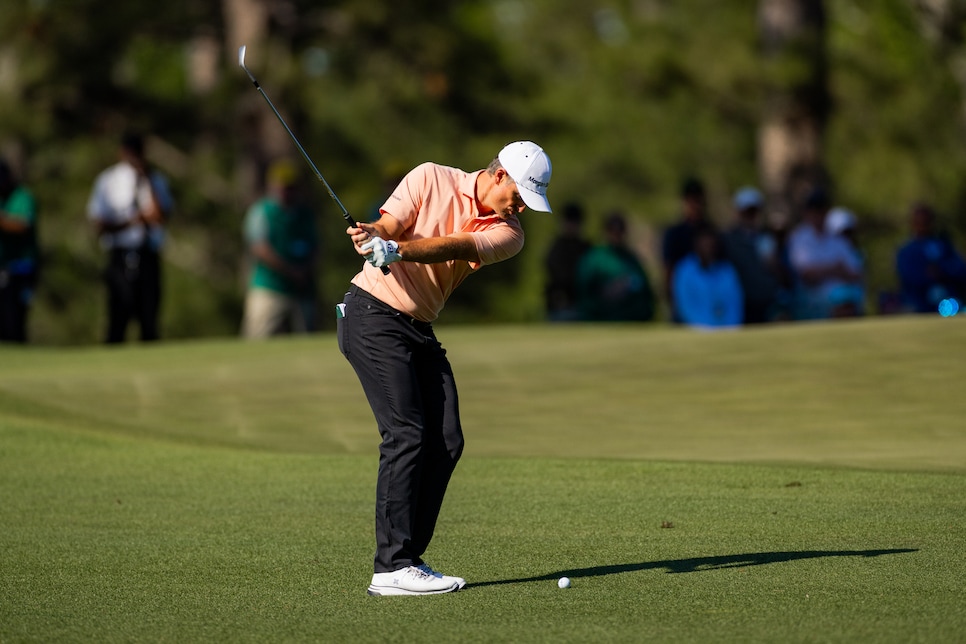
Photo by Stephen Denton
Learning the golf course continues mid-round, too. Ruggiero says to note how tour players take small practice swings next to the ball on chips and pitches. This isn’t to rehearse a motion, but to determine what kind of motion they should use. “They want to see how the club intersects with the ground, and they use that as info to understand the low point. Recreational golfers just leave the ball in the same spot all the time and don’t take into account slopes. But if they know how the club intersects with the ground, they’d know where to put the ball to help with ball-first contact.”
This article first appeared in Low Net, a Golf Digest+ exclusive newsletter written for the average golfer, by an average golfer. Have a topic you want me to explore? Send me an email and I’ll do my best to dive in.
This article was originally published on golfdigest.com

